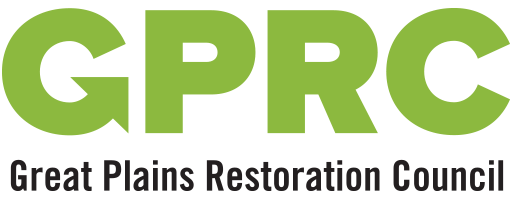Second Chance for the Plains Buffalo
Before European settlement the plains bison (Bison bison bison) numbered in the tens of millions across most of the temperate region of North America. Within the span of a few decades during the mid- to late-1800s its numbers were reduced by hunting and other factors to a few hundred. The plight of the plains bison led to one of the first major movements in North America to save an endangered species. A few individuals and the American Bison Society rescued the remaining animals. Attempts to hybridize cattle and bison when bison numbers were low resulted in extensive cattle gene introgression in bison. Today, though approximately 500,000 plains bison exist in North America, few are free of cattle gene introgression, 96% are subject to anthropogenic selection for commodity production, and only 4% are in herds managed primarily for conservation purposes. Small herd size, artificial selection, cattle-gene introgression, and other factors threaten the diversity and integrity of the bison genome. In addition, the bison is for all practical purposes ecologically extinct across its former range, with multiple consequences for grassland biodiversity. Urgent measures are needed to conserve the wild bison genome and to restore the ecological role of bison in grassland ecosystems. Socioeconomic trends in the Great Plains, combined with new information about bison conservation needs and new conservation initiatives by both the public and public sectors, have set the stage for significant progress in bison conservation over the next few years.
Download the complete report here
Vanishing Birds
The News Hour on PBS covered the drastic declines in our grassland birds (including meadowlarks) and the need for native prairie conservation and restoration in a segment titled “Vanishing Birds” on Tuesday, July 31st, 2007.
The story mentions black clay prairie, prairie restoration by land trusts and volunteers, native seed availability, little bluestem and other native plants, and the need for resources to accomplish prairie conservation and restoration to keep grassland birds from becoming endangered.

